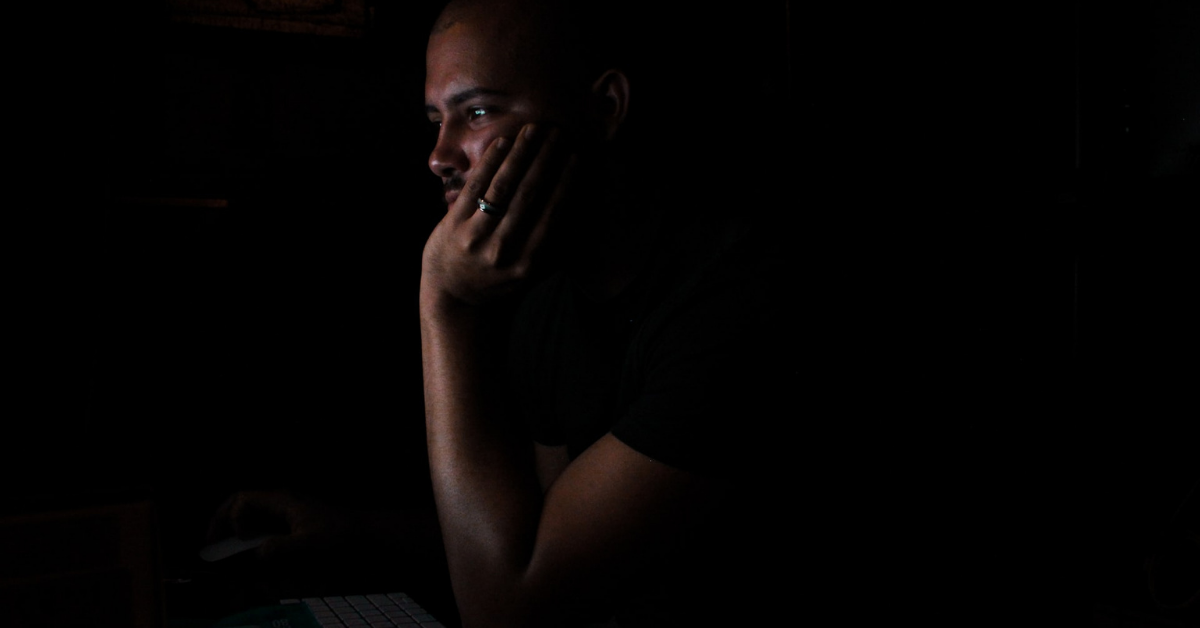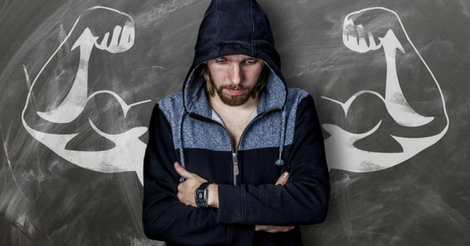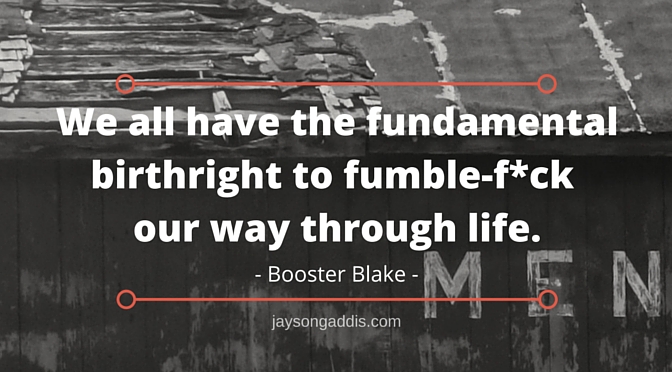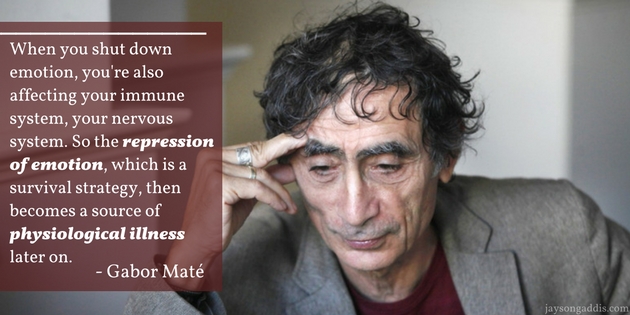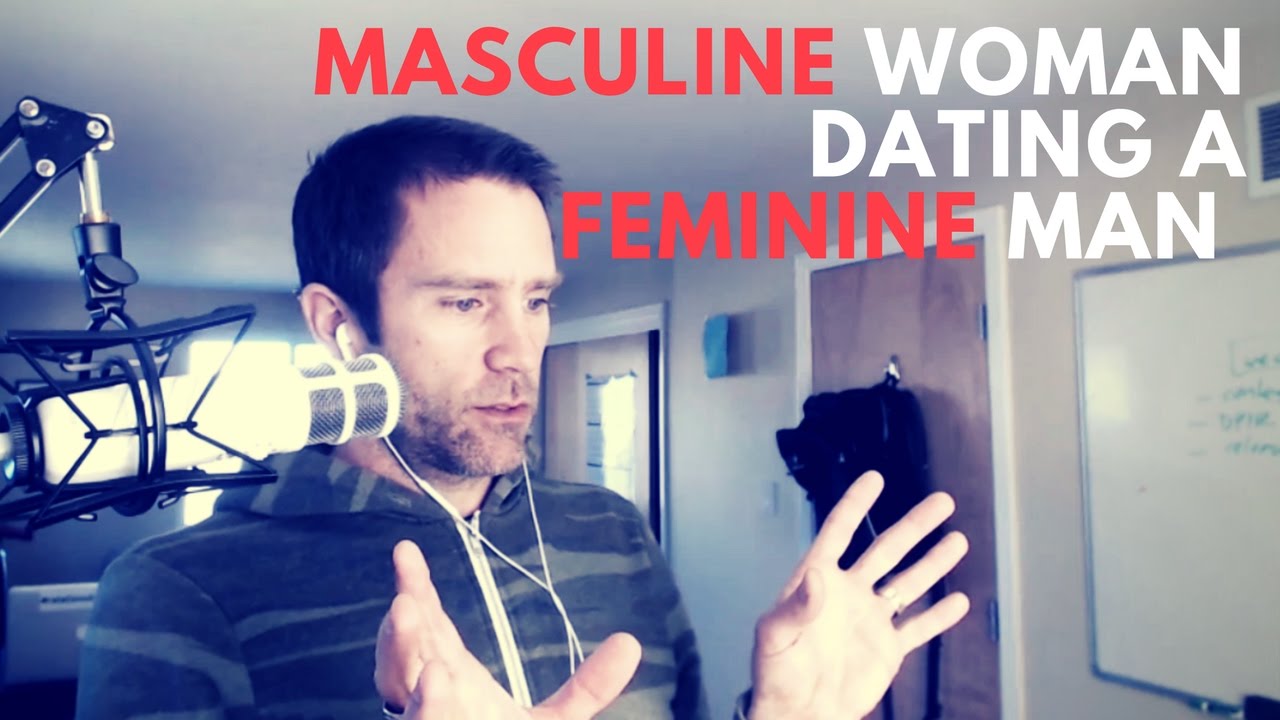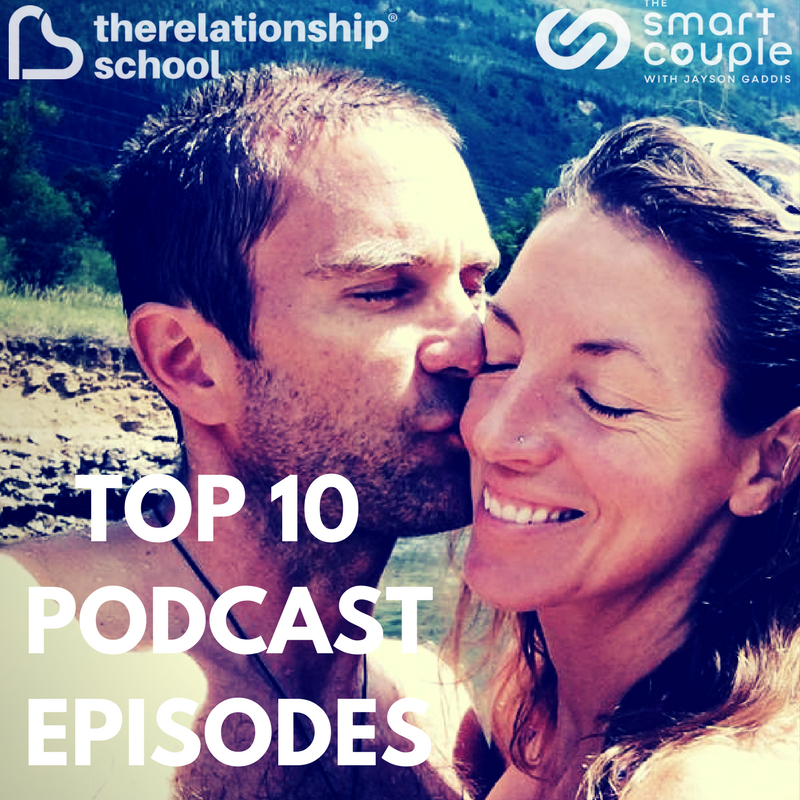What’s The Difference Between Self-Regulation And Being Calm? – Jayson Gaddis – 327
I want to educate people about our inner life that builds connection. The willingness to be vulnerable about our inner experience, and sharing it with another person builds connection. It builds connections in the brain. Especially, when kids are growing up. It’s pretty incredible what happens in relationships when connections grow. A healthy brain is a connected brain.
In this podcast, I’m going to talk about the difference between being calm and being regulated. Or self-regulating. This is a very very important distinction. So you, therapists, and coaches, I think this podcast is for you.
Even if you’re not a therapist or coach, if you struggle with handling your triggers and emotions, knowing the difference between being calm versus self-regulation can help.
What’s being calm?
I want you to think about when life gets difficult. When another person in your life gets difficult for you to handle. They are stormy, kind of like the weather, they’re cloudy, there is a storm coming, they raise their voice, or they become silent.
Whatever triggers you have, they’re behaving in a way that upsets you, while they are just being themselves. But we react to them. And our reaction speaks volumes about how we do relationships.
Now they did a thing to upset us and we reacted. So, how do we deal? What do we do? And what’s the difference between trying to calm down and regulating ourselves?
Trying to calm down is basically a judgment that says, “I should calm down. I shouldn’t be acting this way by reacting like I am right now. I shouldn’t fight back. I shouldn’t say something. I can’t believe I said that thing. Gosh, I need to calm down.”
We often do that to ourselves. Which is saying you need to act calmer. So you do whatever you can to act more calmly. And we sometimes say to the stormy person, “You need to calm down. Calm down!”
And there’s a place to kind of get it together to calm down. To stop complaining. Stop whining. To stop throwing a tantrum and to just suck it up and calm down. That has a place in life, especially, in social contexts.
However, we continue to tell ourselves to calm down and we don’t ever learn how to do self-regulation. Which is the other thing. Which is more effective.
What is self-regulation?
In Layman’s terms, self-regulation is the ability to be with our discomfort, our pain, our emotions, and the sensation ripping through our body when we’re triggered.
Self-regulation is your ability to manage your emotions so you avoid reacting to the emotional states of others and yourself.
So, calming down is kind of like shutting down that inner experience that’s uncomfortable. Self-regulation is learning to be with it and ride it like a wave.
Here’s a scenario: If we were out in the vast ocean of life, you and I are in a relationship and you’re acting upset, I get angry, and we’re in a fight or something. I am not going to ask you to calm down. I am going to ask you to regulate yourself. Or I am going to tell myself to regulate.
I am going to just sit there and breathe through all of this turmoil that you and I are experiencing. I’m going to breathe through it. I’m going to stay with my discomfort and I’m going to ride it like a wave until I’m calmer. Until I can have an intelligent conversation with you. So that’s self-regulation.
If you want to learn more about relationships go to http://relationshipschool.com/training.

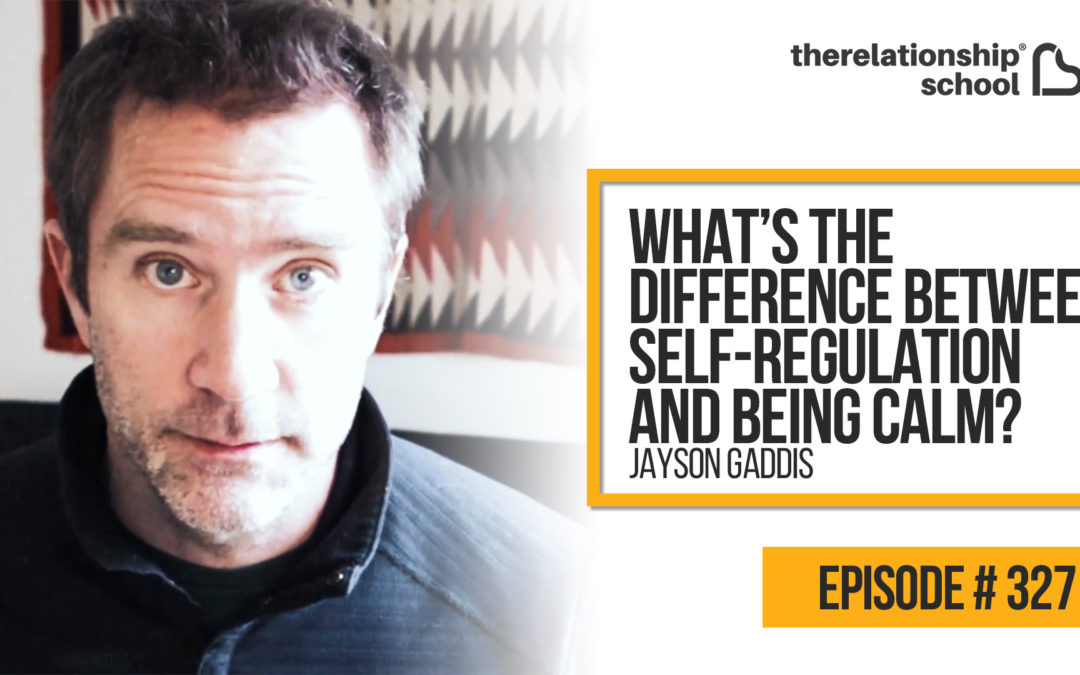


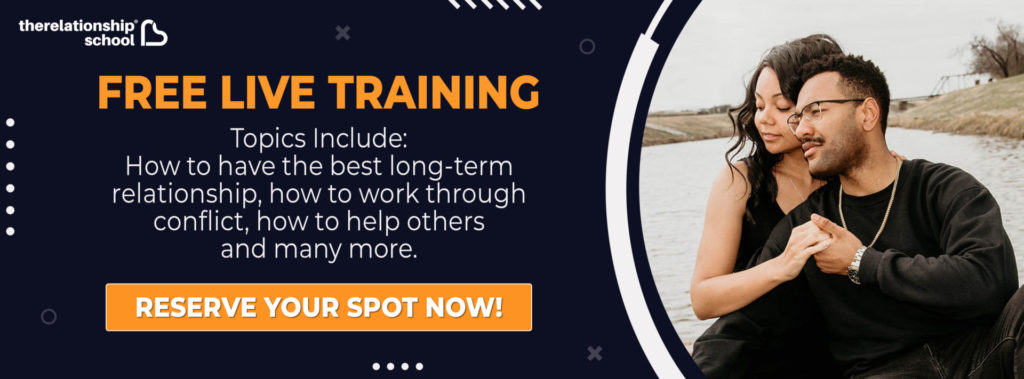
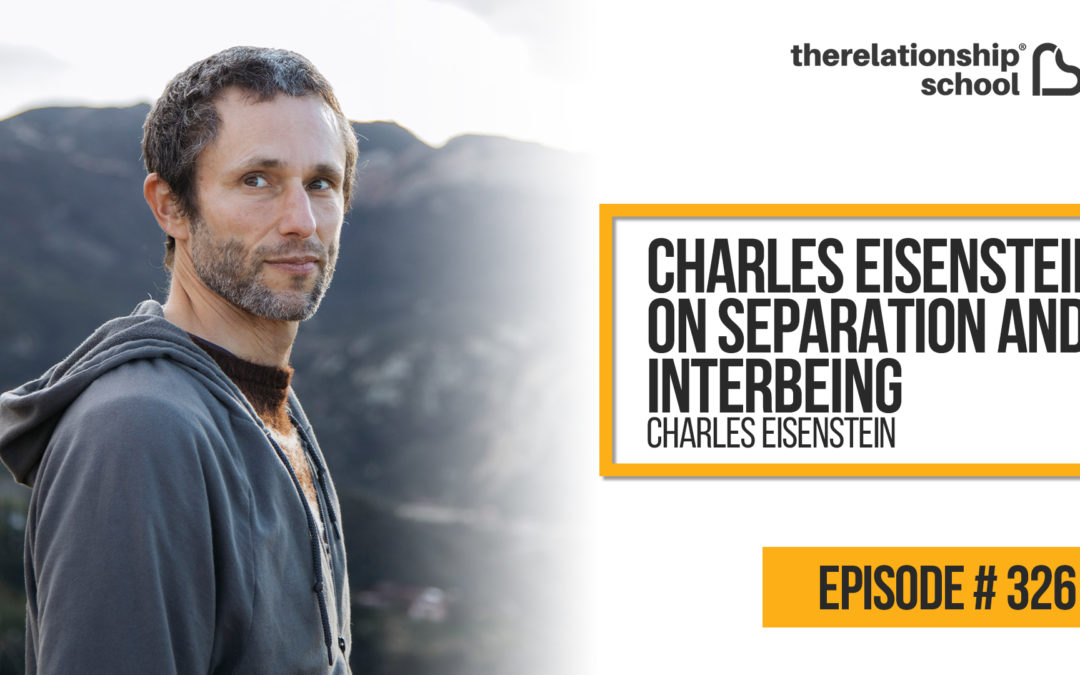

 John Kim, LMFT, is also known as
John Kim, LMFT, is also known as 
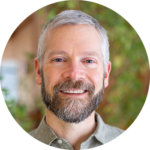 For the past 25 years, my entire adult life, I’ve been relentlessly following my vision to discover and fulfill my life’s purpose in service to humanity and our world. Since childhood, I’ve had a passion for wild nature and the great mysteries of life, consciousness, and soul.
For the past 25 years, my entire adult life, I’ve been relentlessly following my vision to discover and fulfill my life’s purpose in service to humanity and our world. Since childhood, I’ve had a passion for wild nature and the great mysteries of life, consciousness, and soul.

